-
 Bitcoin
Bitcoin $118100
-0.44% -
 Ethereum
Ethereum $3585
5.43% -
 XRP
XRP $3.434
5.65% -
 Tether USDt
Tether USDt $1.000
0.02% -
 BNB
BNB $743.8
3.89% -
 Solana
Solana $178.7
3.84% -
 USDC
USDC $1.000
0.03% -
 Dogecoin
Dogecoin $0.2381
12.81% -
 TRON
TRON $0.3270
3.62% -
 Cardano
Cardano $0.8315
4.93% -
 Hyperliquid
Hyperliquid $44.51
-4.42% -
 Stellar
Stellar $0.4710
1.52% -
 Sui
Sui $3.896
-2.51% -
 Chainlink
Chainlink $18.09
6.98% -
 Hedera
Hedera $0.2681
9.31% -
 Bitcoin Cash
Bitcoin Cash $516.7
4.83% -
 Avalanche
Avalanche $23.95
6.96% -
 Shiba Inu
Shiba Inu $0.00001490
5.67% -
 UNUS SED LEO
UNUS SED LEO $8.966
0.80% -
 Toncoin
Toncoin $3.294
4.39% -
 Litecoin
Litecoin $105.4
4.69% -
 Polkadot
Polkadot $4.356
5.30% -
 Uniswap
Uniswap $10.29
17.25% -
 Monero
Monero $327.9
-3.04% -
 Bitget Token
Bitget Token $4.942
4.33% -
 Ethena USDe
Ethena USDe $1.001
0.08% -
 Pepe
Pepe $0.00001348
2.17% -
 Dai
Dai $1.000
0.02% -
 Aave
Aave $320.8
0.58% -
 Bittensor
Bittensor $411.8
-4.07%
What are the maker and taker fees on Binance?
Binance uses maker and taker fees to incentivize liquidity, with makers adding orders to the book and takers removing them, impacting trading costs and strategies.
Jul 19, 2025 at 04:28 am
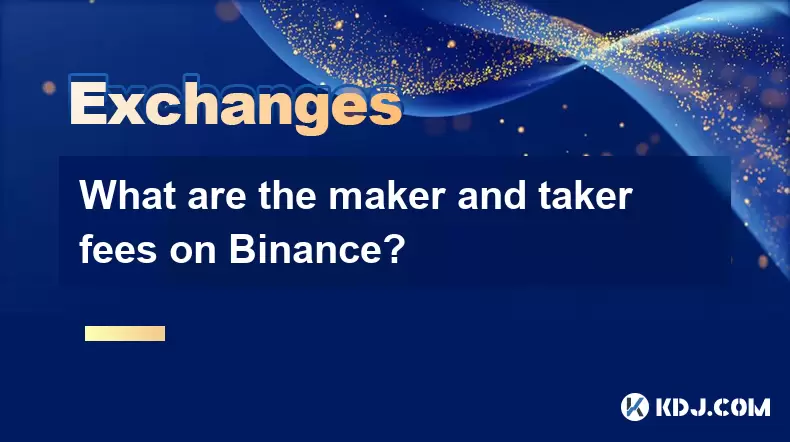
Understanding the Concept of Maker and Taker Fees
In the world of cryptocurrency exchanges, maker and taker fees play a crucial role in determining the cost of trading. These fees are charged by exchanges like Binance to users based on their behavior in the market. A maker is someone who places an order that does not get filled immediately, thus "making" liquidity in the order book. Conversely, a taker is someone who places an order that gets executed instantly, thereby "taking" liquidity from the order book.
The distinction between maker and taker fees is essential for traders who want to optimize their trading costs. Binance, being one of the largest and most popular cryptocurrency exchanges globally, uses this fee structure to encourage users to provide liquidity to the market. This helps in maintaining a balanced and efficient trading environment.
How Binance Determines Maker and Taker Fees
Binance applies different fee structures for maker and taker trades, and these fees can vary depending on several factors. The primary determinants include:
- User’s 30-day trading volume
- User’s BNB holdings
- Type of trading pair (spot, margin, futures, etc.)
For spot trading, maker fees on Binance typically range from 0.00% to 0.04%, while taker fees range from 0.00% to 0.07%. Users with higher trading volumes or larger BNB balances can qualify for lower fees. The fee schedule is tiered, meaning that the more you trade or the more BNB you hold, the lower your fees become.
It's important to note that futures trading has a different fee structure compared to spot trading. In futures, maker fees usually range from 0.010% to -0.010%, and taker fees range from 0.020% to 0.060%, depending on the user's tier level.
Checking Your Current Fee Tier on Binance
To understand your current maker and taker fee rates, you need to check your fee tier on Binance. Here's how you can do it:
- Log in to your Binance account
- Navigate to the Fees and BNB Discounts page
- Review your 30-day trading volume and BNB holdings
- Locate your tier level in the fee schedule
Binance displays your current fee tier under your account settings. This includes both maker and taker fees for different trading pairs. You can also use the fee calculator provided by Binance to estimate your costs for specific trades.
Additionally, users can opt to pay fees in BNB to receive discounts. If you have sufficient BNB in your wallet, Binance will automatically deduct fees from your BNB balance at a discounted rate.
Impact of Maker and Taker Fees on Trading Strategies
Understanding maker and taker fees is crucial for developing effective trading strategies. Traders who place limit orders often aim to act as makers to benefit from lower fees. On the other hand, market orders are typically executed immediately, making the trader a taker and subject to higher fees.
For high-frequency traders or arbitrageurs, the difference between maker and taker fees can significantly impact profitability. By placing limit orders slightly away from the current market price, traders can provide liquidity and reduce their overall trading costs.
However, in fast-moving markets where execution speed is critical, paying the taker fee may be justified to ensure order execution. This is especially true for scalpers or traders using algorithmic trading bots, where timing and execution are more important than fee minimization.
Fee Differences Across Binance Trading Platforms
Binance offers multiple trading platforms, including spot trading, margin trading, and futures trading, each with its own maker and taker fee structure.
- In spot trading, fees are based on your 30-day trading volume and BNB holdings.
- In margin trading, fees are generally the same as in spot trading, but interest charges apply for borrowed funds.
- In futures trading, fees are slightly different, and users can benefit from negative maker fees, meaning Binance pays you to provide liquidity.
Each trading type requires a separate fee calculation. It's important to review the fee schedule for each platform to understand how much you'll be charged per trade.
Additionally, P2P trading and OTC trading on Binance may have different fee structures, so users should always check the specific terms before executing trades in those environments.
Common Misconceptions About Maker and Taker Fees
Many users misunderstand how maker and taker fees work. One common misconception is that limit orders always qualify as maker orders. While this is generally true, if a limit order is placed inside the spread, it may get executed immediately and be classified as a taker order.
Another misconception is that holding BNB guarantees the lowest fees. While BNB holders do receive discounts, the tier level is also influenced by trading volume. Users must maintain high trading activity to benefit from the lowest fee tiers.
Some traders also believe that maker fees are always lower than taker fees, which is mostly accurate. However, in futures trading, maker fees can be negative, meaning you get paid for placing orders that add liquidity.
Lastly, many users overlook the impact of fees on long-term profitability. Even small differences in fees can compound over time, especially for active traders. Understanding the fee structure and optimizing order types can lead to significant savings.
Frequently Asked Questions (FAQs)
Q: Do maker and taker fees apply to all cryptocurrencies on Binance?
A: Yes, maker and taker fees apply to all trading pairs on Binance. However, the fee structure may vary depending on the type of trading (spot, futures, etc.). Regardless of the cryptocurrency, the same tiered fee schedule applies based on your trading volume and BNB holdings.
Q: Can I change my fee tier on Binance?
A: Yes, you can improve your fee tier by increasing your 30-day trading volume or by holding more BNB. Binance recalculates fee tiers every day, so you can see changes in your fees based on your recent activity.
Q: Are there any exceptions to maker and taker fees?
A: Yes, certain trading pairs, such as BNB/USDT or BNB/BUSD, may have different fee structures due to their high liquidity. Additionally, users who pay fees in BNB receive discounts, which can effectively reduce or even eliminate fees depending on the tier.
Q: How often does Binance update its fee schedule?
A: Binance recalculates fee tiers daily based on the last 30-day trading volume and BNB holdings. However, the general fee structure remains consistent unless Binance announces a policy change.
Disclaimer:info@kdj.com
The information provided is not trading advice. kdj.com does not assume any responsibility for any investments made based on the information provided in this article. Cryptocurrencies are highly volatile and it is highly recommended that you invest with caution after thorough research!
If you believe that the content used on this website infringes your copyright, please contact us immediately (info@kdj.com) and we will delete it promptly.
- Freedom Gold Pack: The Legacy Coin Defining 2025
- 2025-07-19 06:30:13
- Trump, the GENIUS Act, and Stablecoin Regulations: A New Era for Crypto?
- 2025-07-19 06:50:12
- Pi Network's Ecosystem Challenge: App Studio Sparks Innovation
- 2025-07-19 06:55:13
- Zebec Network's Bullish Engulfing Pattern: Price Forms and Future Outlook
- 2025-07-19 06:30:13
- XRP, Ripple, Bitcoin, Ethereum: Decoding the Crypto Landscape
- 2025-07-19 05:50:13
- Penny Altcoins Eyeing $1 in Q3 2025: Cardano, BlockchainFX, and the Hunt for Crypto Gold
- 2025-07-19 05:10:13
Related knowledge
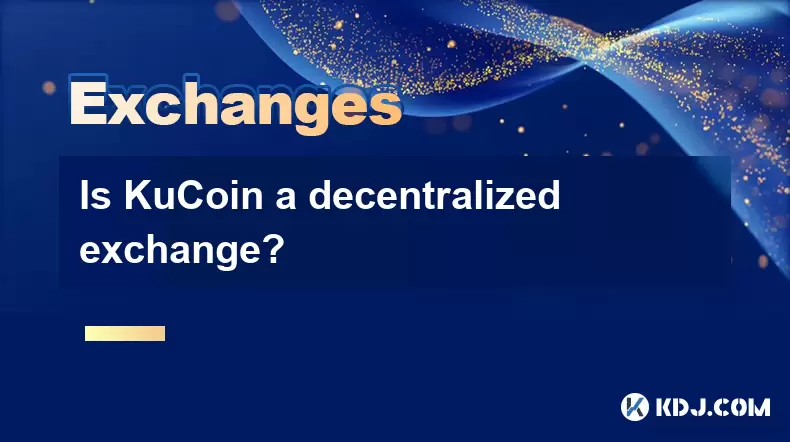
Is KuCoin a decentralized exchange?
Jul 18,2025 at 03:15pm
Understanding Decentralized Exchanges (DEXs)To determine whether KuCoin is a decentralized exchange, it's essential to first understand what defines a...
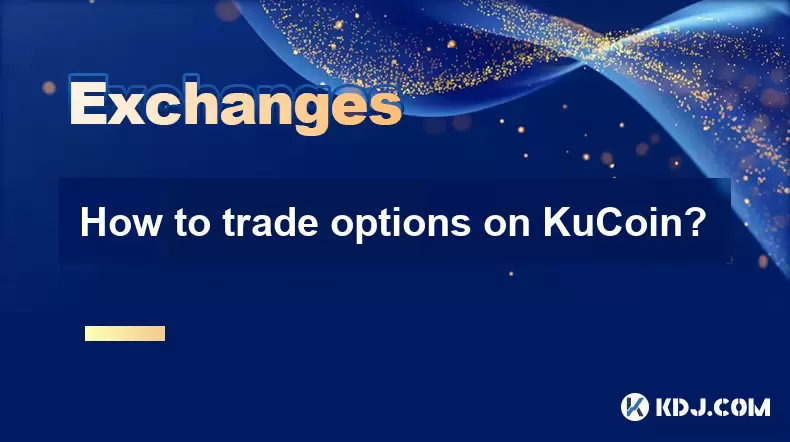
How to trade options on KuCoin?
Jul 19,2025 at 03:42am
Understanding Options Trading on KuCoinOptions trading on KuCoin allows users to speculate on the future price movements of cryptocurrencies without o...

Lost Google Authenticator for KuCoin
Jul 19,2025 at 02:35am
Understanding the Importance of Google Authenticator in KuCoin SecurityGoogle Authenticator is a critical tool used by KuCoin users to enable two-fact...
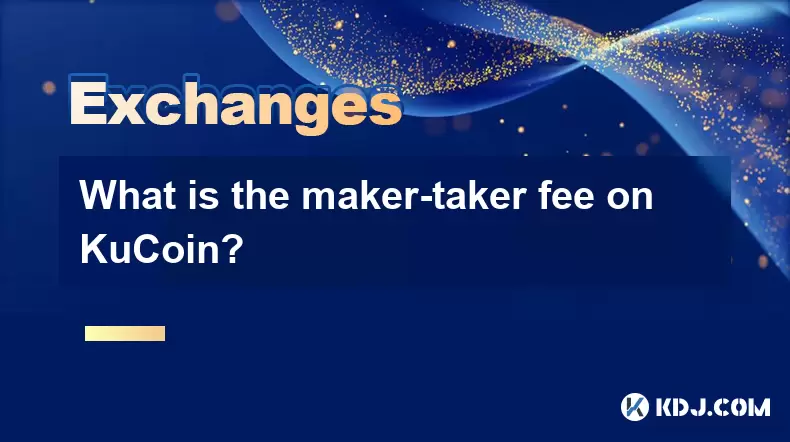
What is the maker-taker fee on KuCoin?
Jul 18,2025 at 12:42pm
Understanding the Maker-Taker Fee ModelThe maker-taker fee model is a pricing structure used by many cryptocurrency exchanges, including KuCoin, to de...
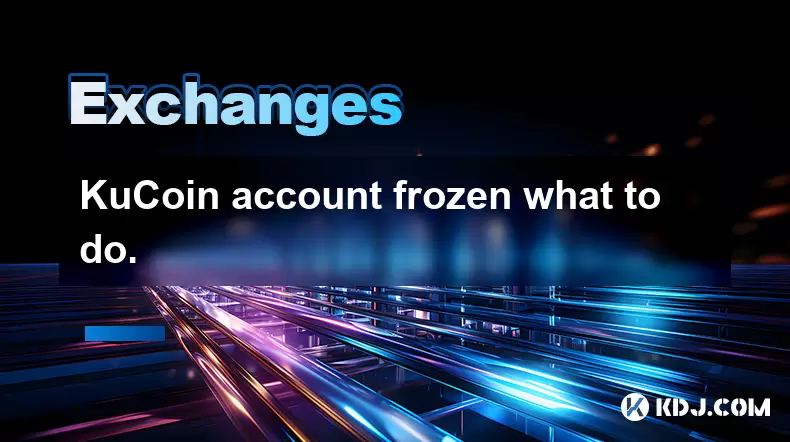
KuCoin account frozen what to do.
Jul 19,2025 at 04:35am
Understanding Why Your KuCoin Account Was FrozenIf you've discovered that your KuCoin account is frozen, the first step is to understand why this has ...
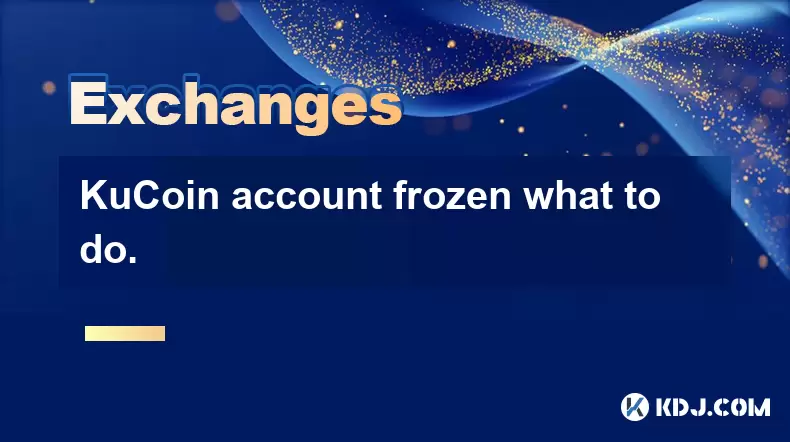
KuCoin account frozen what to do.
Jul 19,2025 at 12:08am
Understanding Why a KuCoin Account Gets FrozenIf your KuCoin account has been frozen, the first step is to understand why this has happened. KuCoin, l...

Is KuCoin a decentralized exchange?
Jul 18,2025 at 03:15pm
Understanding Decentralized Exchanges (DEXs)To determine whether KuCoin is a decentralized exchange, it's essential to first understand what defines a...

How to trade options on KuCoin?
Jul 19,2025 at 03:42am
Understanding Options Trading on KuCoinOptions trading on KuCoin allows users to speculate on the future price movements of cryptocurrencies without o...

Lost Google Authenticator for KuCoin
Jul 19,2025 at 02:35am
Understanding the Importance of Google Authenticator in KuCoin SecurityGoogle Authenticator is a critical tool used by KuCoin users to enable two-fact...

What is the maker-taker fee on KuCoin?
Jul 18,2025 at 12:42pm
Understanding the Maker-Taker Fee ModelThe maker-taker fee model is a pricing structure used by many cryptocurrency exchanges, including KuCoin, to de...

KuCoin account frozen what to do.
Jul 19,2025 at 04:35am
Understanding Why Your KuCoin Account Was FrozenIf you've discovered that your KuCoin account is frozen, the first step is to understand why this has ...

KuCoin account frozen what to do.
Jul 19,2025 at 12:08am
Understanding Why a KuCoin Account Gets FrozenIf your KuCoin account has been frozen, the first step is to understand why this has happened. KuCoin, l...
See all articles

























































































